Artist: Louis Le Brocquy HRHA (1916-2012) Title: Study for The Venus of Lespugue (1964) Signature: signed and dated 'Le Brocquy 64' lower right Medium: charcoal on paper Size: 78.70 x 57.20cm (31 x 22.5in) Framed Size: 93.7 x 72cm (36.9 x 28.3in) Provenance: The Dawson Gallery, Dublin; The McClelland Collection (on loan to the Irish Museum of Modern Art, 1999 - 2004); Adam's, Dublin, 'Important Irish Art' 6th December 2010 lot no 27; Private Collection Exhibited: The Arts Council of Ireland, catalogue no. 41 (exhibition untraced); Irish Museum of Modern Art, Dublin (periodically during its loan period to them) Literature: Irish Museum of Modern Art, 'The Hunter Gatherer' illustrated fig. 76 p. 91 a#morebtn { color: #de1d01; } a#morebtn:hover { cursor: pointer;} Perhaps the ultimate in Louis le Brocquy's exploration on the theme of humanity and its origins, the charcoal drawing Venus of Lespugue is based on one of the earliest known representations of the human form in Europe. Dating back some 25,000 years, and carved from an ivory tusk, The Venus of Lespug... Read more Louis Le Brocquy Lot 55 - 'Study for The Venus of Lespugue (1964)' Estimate: €15,000 - €25,000 Perhaps the ultimate in Louis le Brocquy's exploration on the theme of humanity and its origins, the charcoal drawing Venus of Lespugue is based on one of the earliest known representations of the human form in Europe. Dating back some 25,000 years, and carved from an ivory tusk, The Venus of Lespugue was discovered in 1924 in the Rideaux cave, in the foothills of the Pyrenees. A Palaeolithic fertility figurine, it is now in the collection of the Musée de l'Homme in Paris. During the 1940's and '50's, le Brocquy had worked on several themes, but the majority of his paintings and drawings concerned the human figure. Whether depicting refugees from air raids in Belfast, families of the travelling community, or children in religious processions, he responded to the mood of the times, where millions of people had been displaced during WWII, but was equally fascinated with the human form, and the origins of humanity. His charcoal drawing of the Venus de Lespugue dates from 1964, the year when he spent much time studying the collections in the Musée de l'Homme. That year he had also seen Polynesian decorated heads in the Musée; these led to a series of paintings, including the Reconstructed Head of an Irish Martyr, a series of 'Ancestral Heads', and imagined portraits of writers, including W. B. Yeats, James Joyce and Samuel Beckett Le Brocquy also worked on a series of non-figurative 'Presence' paintings. Through the following decades, these distinct but parallel themes continued in his work. Born in Dublin in 1916, Louis le Brocquy's initial training was as a chemist, and until 1938 he worked in the family business, a small oil company. Largely self-taught as an artist, although he spent much time studying in museums in London and Paris, le Brocquy evolved a style that is sparing and delicate, his early training as a scientist evident in a controlled but experimental use of paint. While his early paintings were inspired by Cézanne and the Cubists, his later works counterpoint precise brushwork with elusive, inspired mark-making. Although a charcoal drawing, Venus of Lespugue shares the fluid, elusive and expressive characteristics of his finest paintings. Peter Murray, March 2023
Artist: Louis Le Brocquy HRHA (1916-2012) Title: Study for The Venus of Lespugue (1964) Signature: signed and dated 'Le Brocquy 64' lower right Medium: charcoal on paper Size: 78.70 x 57.20cm (31 x 22.5in) Framed Size: 93.7 x 72cm (36.9 x 28.3in) Provenance: The Dawson Gallery, Dublin; The McClelland Collection (on loan to the Irish Museum of Modern Art, 1999 - 2004); Adam's, Dublin, 'Important Irish Art' 6th December 2010 lot no 27; Private Collection Exhibited: The Arts Council of Ireland, catalogue no. 41 (exhibition untraced); Irish Museum of Modern Art, Dublin (periodically during its loan period to them) Literature: Irish Museum of Modern Art, 'The Hunter Gatherer' illustrated fig. 76 p. 91 a#morebtn { color: #de1d01; } a#morebtn:hover { cursor: pointer;} Perhaps the ultimate in Louis le Brocquy's exploration on the theme of humanity and its origins, the charcoal drawing Venus of Lespugue is based on one of the earliest known representations of the human form in Europe. Dating back some 25,000 years, and carved from an ivory tusk, The Venus of Lespug... Read more Louis Le Brocquy Lot 55 - 'Study for The Venus of Lespugue (1964)' Estimate: €15,000 - €25,000 Perhaps the ultimate in Louis le Brocquy's exploration on the theme of humanity and its origins, the charcoal drawing Venus of Lespugue is based on one of the earliest known representations of the human form in Europe. Dating back some 25,000 years, and carved from an ivory tusk, The Venus of Lespugue was discovered in 1924 in the Rideaux cave, in the foothills of the Pyrenees. A Palaeolithic fertility figurine, it is now in the collection of the Musée de l'Homme in Paris. During the 1940's and '50's, le Brocquy had worked on several themes, but the majority of his paintings and drawings concerned the human figure. Whether depicting refugees from air raids in Belfast, families of the travelling community, or children in religious processions, he responded to the mood of the times, where millions of people had been displaced during WWII, but was equally fascinated with the human form, and the origins of humanity. His charcoal drawing of the Venus de Lespugue dates from 1964, the year when he spent much time studying the collections in the Musée de l'Homme. That year he had also seen Polynesian decorated heads in the Musée; these led to a series of paintings, including the Reconstructed Head of an Irish Martyr, a series of 'Ancestral Heads', and imagined portraits of writers, including W. B. Yeats, James Joyce and Samuel Beckett Le Brocquy also worked on a series of non-figurative 'Presence' paintings. Through the following decades, these distinct but parallel themes continued in his work. Born in Dublin in 1916, Louis le Brocquy's initial training was as a chemist, and until 1938 he worked in the family business, a small oil company. Largely self-taught as an artist, although he spent much time studying in museums in London and Paris, le Brocquy evolved a style that is sparing and delicate, his early training as a scientist evident in a controlled but experimental use of paint. While his early paintings were inspired by Cézanne and the Cubists, his later works counterpoint precise brushwork with elusive, inspired mark-making. Although a charcoal drawing, Venus of Lespugue shares the fluid, elusive and expressive characteristics of his finest paintings. Peter Murray, March 2023

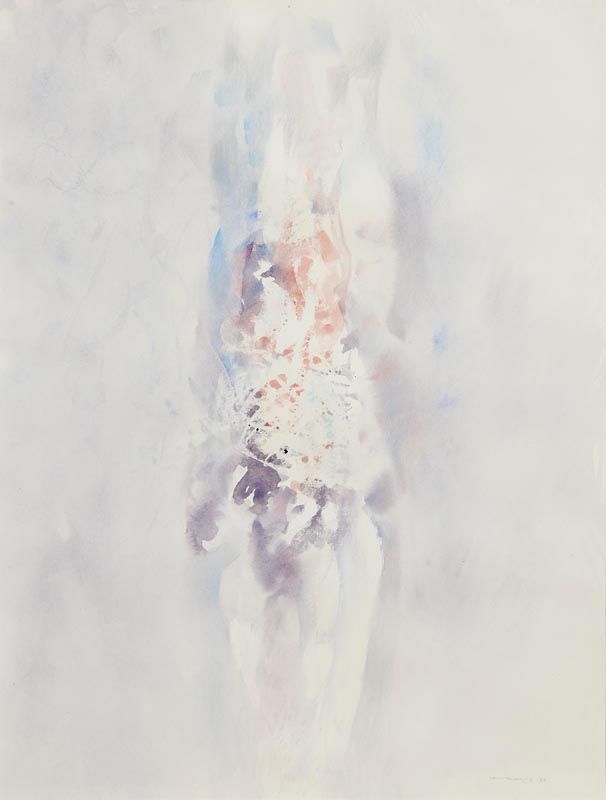


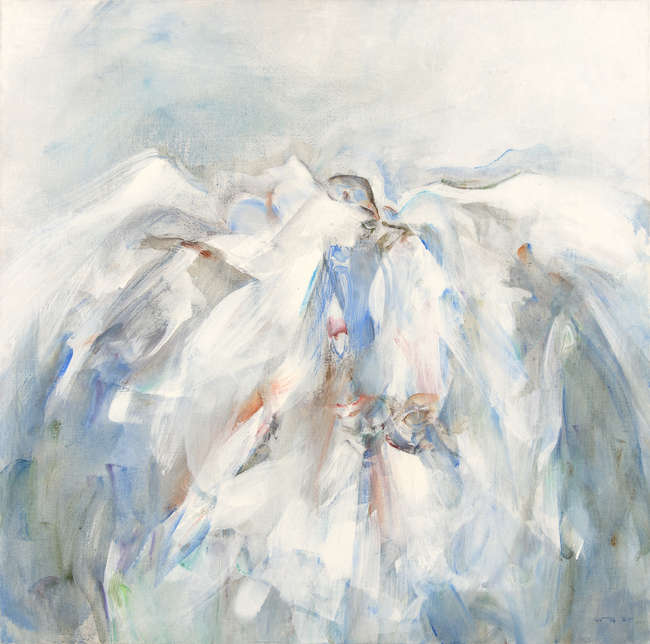

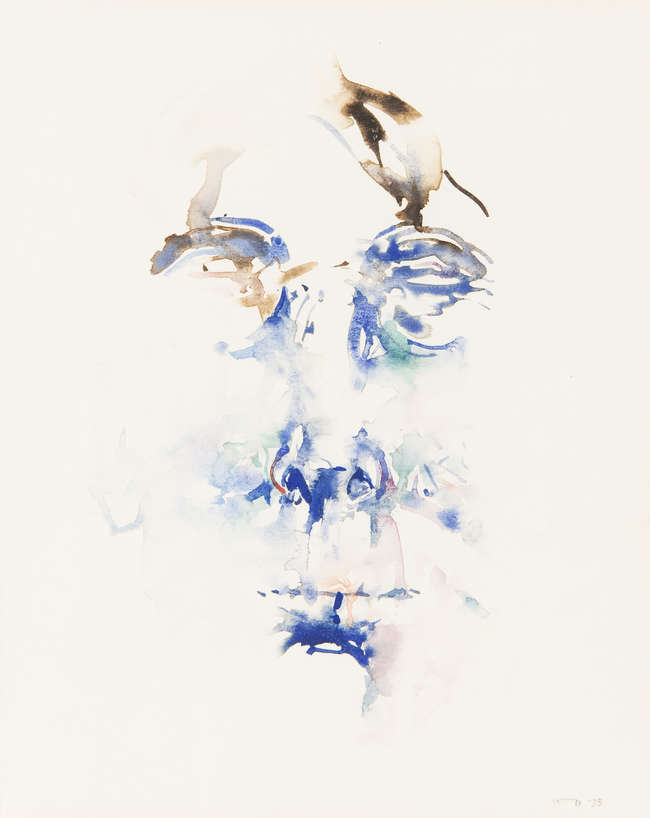
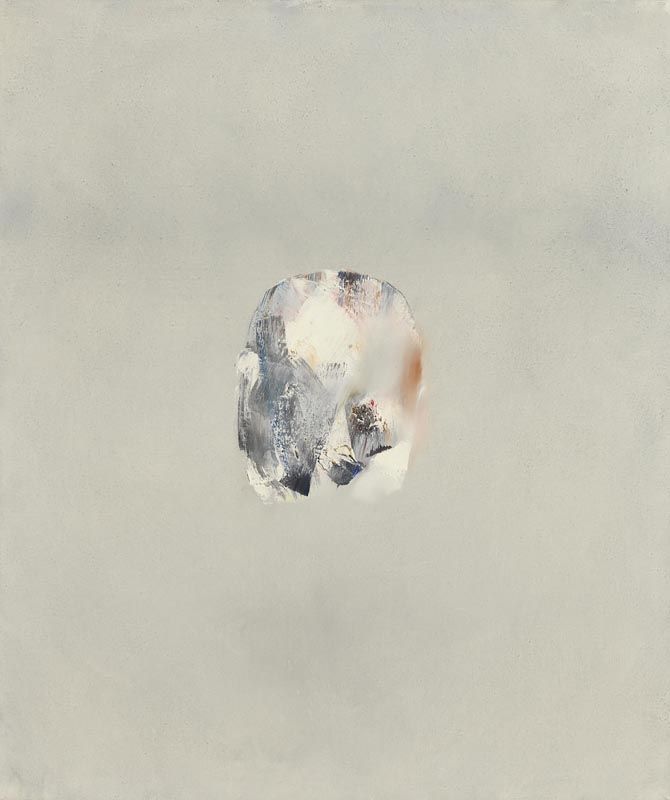
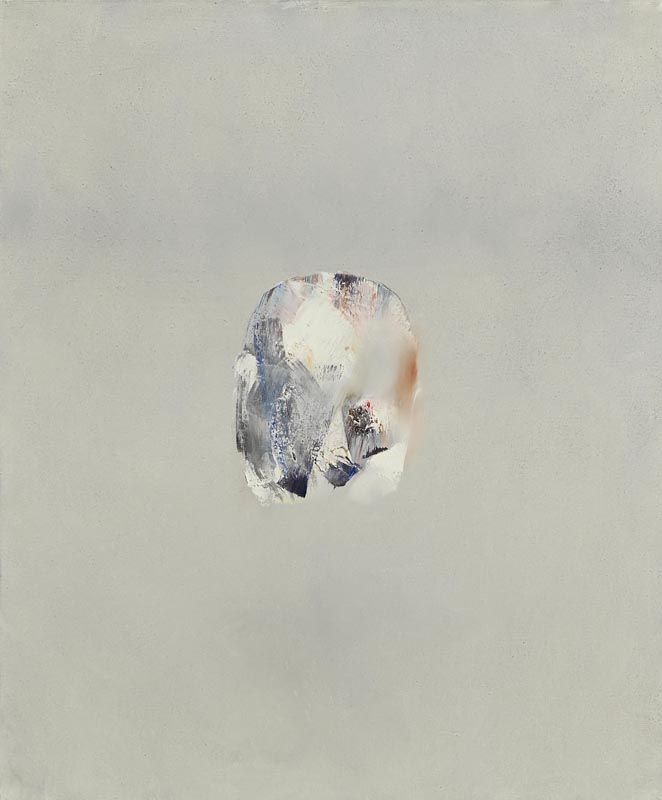
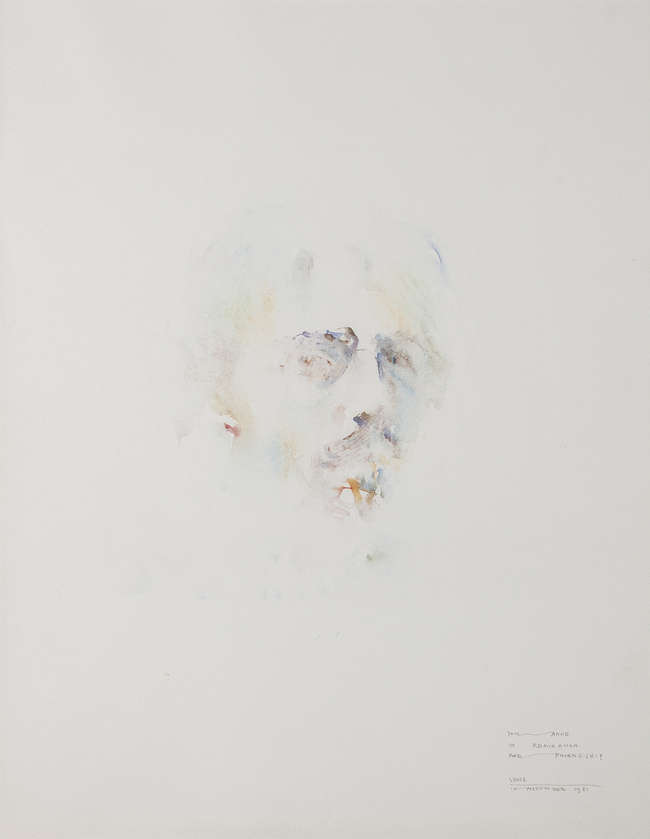



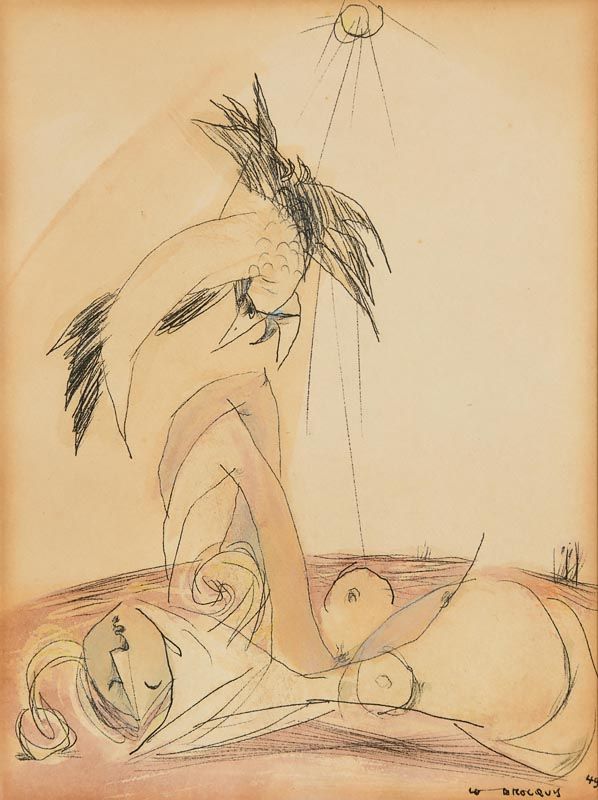

Testen Sie LotSearch und seine Premium-Features 7 Tage - ohne Kosten!
Lassen Sie sich automatisch über neue Objekte in kommenden Auktionen benachrichtigen.
Suchauftrag anlegen